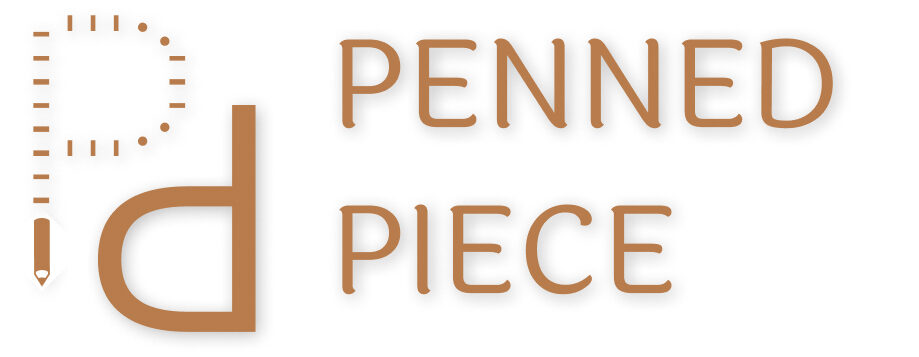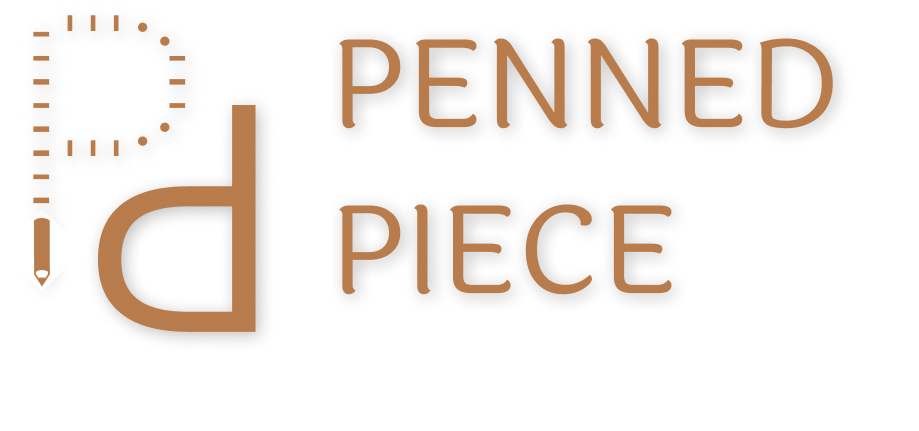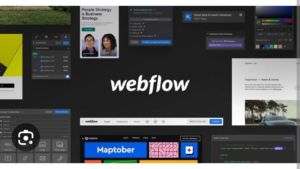An open frontal is brewing between two tech giants, open AI, and Google. Open AI had come up with the innovative masterpiece of conversational AI chatbot in November 2022 only for Google to reply with its version some months later. Although both operate using the Large Language Models (LLM), Open AI’s ChatGPT appears to be more intensive with about 175 billion parameters. Bard on the other hand operates on a slightly lower parameter of 137 billion.
Both can be used to generate text, elicit responses, and provide useful text answers to users’ questions. While it is too early to announce a winner in this intensive, and innovative battle, it is important to understand how both are edging out each other and predict where the pendulum may likely swing. We’ll intensively look at the key similarities and differences between Open AI’s ChatGPT and Google Bard and arrive at some sort of conclusion.
But before we dive in, let’s answer the question that may be creeping in if you are just hearing ChatGPT or Bard for the first time.
What’s ChatGPT
The revolutionary chat-oriented generative pre-trained transformer (ChatGPT) opened the floodgates of AI-generated responses in November 2022. It is an open-source chatbot technology operating using natural language processing (NLP) to produce conversational responses. ChatGPT is trained on a vast amount of internet text and is capable of understanding and generating coherent and contextually relevant responses. It can engage in conversations on a wide range of topics, provide information, answer questions, and even assist with certain tasks. ChatGPT aims to simulate natural language conversations and assist users in generating helpful and informative responses.
The introduction of ChatGPT was an instant success as more than 1 million users actively used it in the first five days of its launch. While ChatGPT is restricted to text-only generated responses, its newer version of GPT-4 can generate more data sets including worksheets and graphs.
Pros of ChatGPT
- ChatGPT can handle multiple queries at a time
- Ability to retrieve the previous conversation
- Can write long-form content
- Adaptable to various integration and plugins such as Vscode and Papier
- Comes as a handy tool for developers to generate code and solve debugging issues
Cons of ChatGPT
- Limited knowledge of events after 2021
- Responses usually take time to generate
- May be prone to errors, misinformation, and inaccuracy
- The premium version comes at $20 per month
Google Bard
Launched in March 2023 to checkmate the soaring popularity of ChatGPT, Bard is also an AI-powered chatbot with the ability to engage users in conversation. It uses a language model for dialogue applications (LAMDA) to simulate human conversation and produce text-generated content.
Bard is an advanced digital assistant that focuses on providing users with concise and direct answers to their queries, rather than presenting them with search engine results pages. It goes beyond traditional virtual assistants like Alexa by offering links to additional information, allowing users to gather more in-depth knowledge on the topic at hand. In addition to its information retrieval capabilities, Bard also serves as a personal assistant, assisting users with tasks such as vacation bookings, locating existing reservations, and aiding in meal planning.
Pros of Bard
- More research-driven
- No limited knowledge of events as it uses the Google search engine for responses
- User-friendly interface
- No need to retrain it for multiple conversations can hold an open-ended conversation
Cons of Bard
- Lack of integration and plugins with different applications
- Inability to track previous queries
- Can generate inadequate and outrightly wrong information
- Not available in many countries
Key Similarities between ChatGPT and Bard
ChatGPT and Bard are two competing forces for the exalted seat of AI conversational king. While both are undergoing retesting and upgrading to simulate conversation, they both have areas where they tend to coagulate. Here are the key similarities between them
- Both can seamlessly generate contextually relevant responses
- Both use natural language processing (NLP) to respond to user queries
- Although ChatGPT uses GPT-4 and Bard uses LAMDA, both are effectively based on the transformer architecture built on neural network
Area of differences between ChatGPT and Bard
Although ChatGPT and Bard may have some kind of similarities, they are not to be used in the same way for effective performance. Here are the key differences between ChatGPT and Bard
- Bard can perform broader varieties of skills due to its dependency on updated larger amount of data while chatGPT is restricted in terms of data available
- Bard can tap into the existing potentials of Google to access and interpret information, whereas ChatGPT is not integrated with the Bing search engine
- ChatGPT can help check plagiarism with its in-built AI plagiarism checker while Bard does not have the luxury
- ChatGPT thrives more in conversational responses while Bard is only for questions-answering and emotional AI
- ChatGPT can converse in different languages, whereas Bard seems to be restricted to the English language
- ChatGPT can perform complex coding tasks, solve coding challenges and fix bug issues, while Bard is still at the nascent stage of its coding generation
- Bard can generate multiple responses to users’ queries, whereas ChatGPT can only generate one response per prompt
- ChatGPT has a complete conversational retention model which enables it to remember past conversations, whereas Bard is constrained in its retention memory
Who wins the battle for the soul of the conversational chatbot? ChatGPT or Bard?
The close race between ChatGPT and Bard as the king of AI is gathering momentum with one party trying to outwit the other in innovation. However, there is no clear winner yet. This is because both machines have their strengths and weaknesses as testing and retesting continues. There could be several factors that could determine the winner.
First, the decision to make ChatGPT freely available to the public may appear to have swung the tide in its favor but Bard’s ability to tap into the Google search engine is a countermeasure that portrays that the game is on. Also, when both are fully developed, it is important to see how they are monetized for their parent companies. Currently, ChatGPT Plus goes for $20 per month, but it is uncertain what the monetization policy of Bard will be when it is fully developed and made available to the public.
Similarly, it appears that Bing may use ChatGPT to relaunch its status as the number one search engine which is currently occupied by Google. If ChatGPT succeeded in outwitting Bard in the AI contest, it may pave the way for renewed vigor to push the search engine narratives. The ultimate winner will be the one that successfully pushes its narrative to garner the larger market share. Though ChatGPT is currently on the edge, Bard is also at the processing level with significant room for improvement.
Which should be your preferred AI chatbot?
The answer to this question may depend on each individual. If you desire a chatbot with up-to-date information about events and topics, you may want to make Bard your preferred AI chatbot However, if all you care for is an AI chatbot that can assist in coding tasks, generate creative content, solve a complex mathematical algorithm, and help you organize your workflow, ChatGPT might be a suitable asset for you.
However, while settling for your choice, you should keep in mind that both machines share some common ethical issues. These may include inaccurate information, slow response, and diminishing human interaction. While using either of the machines you should be careful of vulnerabilities as hackers may pounce on your account and extract valuable information. That’s why it is inappropriate to exchange personal details with chatbots.
Conclusion
As AI technology continues to evolve, both Google and OpenAI are committed to improving their chatbot capabilities and ensuring its availability for users. Going forward, we are set to see significant growth in AI chatbot technology, which will greatly impact individuals and businesses.
When comparing Bard and ChatGPT, it becomes obvious that each has its pros and cons. While ChatGPT is better in certain aspects, Bard offers unique features that make it an attractive choice for users. Bard’s ability to ransack the internet for information, its integration with Google’s search engine, and the provision of drafts are notable highlights. However, it is evident that ChatGPT currently edges out the contest with Google’s Bard due to its earlier introduction and continued development. Google’s measured approach may have some limitations in this context. As we move forward, we will witness Bard’s progress and determine its capabilities.





